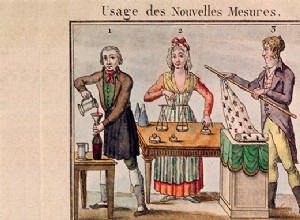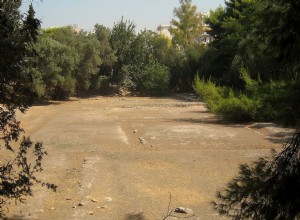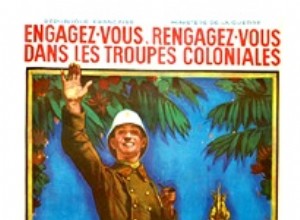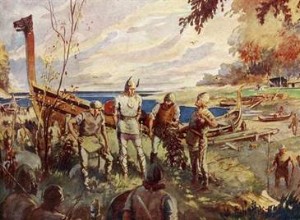Engraving representing the use of the new measures (litre, kilo and meter). By L.F. Labrousse, 1795 • WIKIMEDIA COMMONS While traveling through France on the eve of the Revolution, the British agronomist Arthur Young was stunned by the incredible diversity of measurements he encountered on his w




